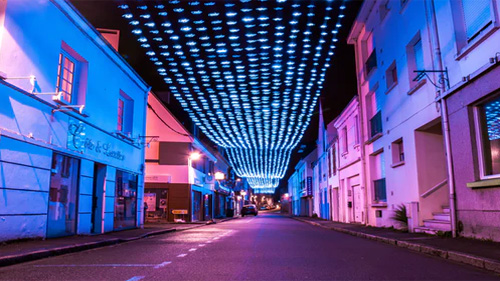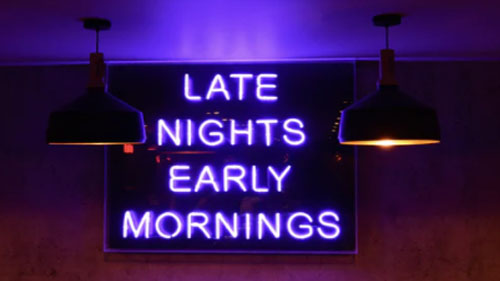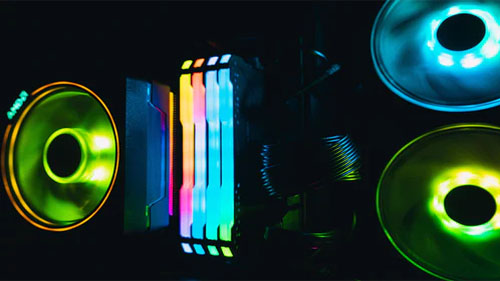
The Definitive Buying Guide for LED Strips
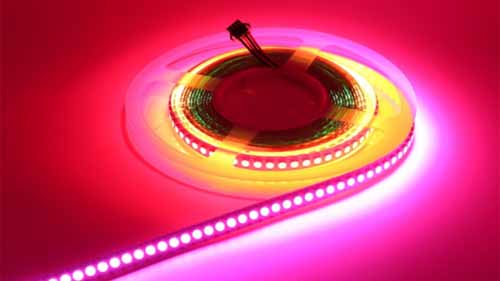
LED strip lights have been a fresh breath of air in the lighting world. They serve a wide range of purposes, and they are fun to have around the house or the business due to the many arrays of colors one can get out of a single strip. On a general scale, LED strip lights have the following features
- They have a lot of individual tiny LED bulbs that are placed on a flexible strip that functions as the circuit board.
- They use very low power to run
- They come in fixed and varied color types
- They can be cut down to short length strips depending on what you intend to use them for.
All these features combine well to make LED strip lights to be very versatile and handy pieces of light equipment to have around. This is a detailed guide to LED strips, and all there is to be known about them.
Table of Contents
The Importance of LED Strip Lights
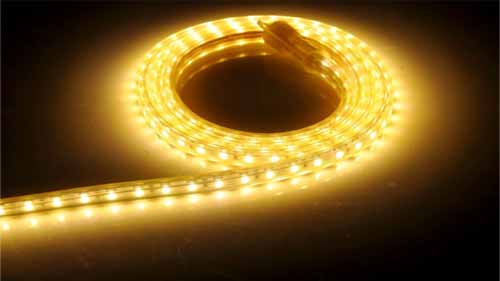
There are many functions that LED strip lights serve to make life much easier and convenient in our living quarters; some of the benefits that people get from using them include the following.
Saving Energy
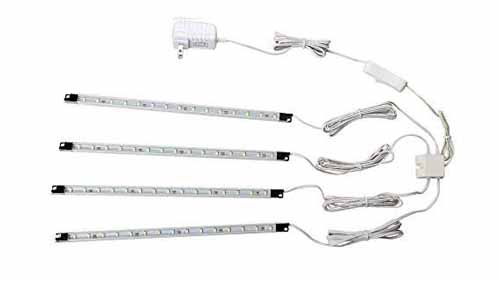
Lighting Choices
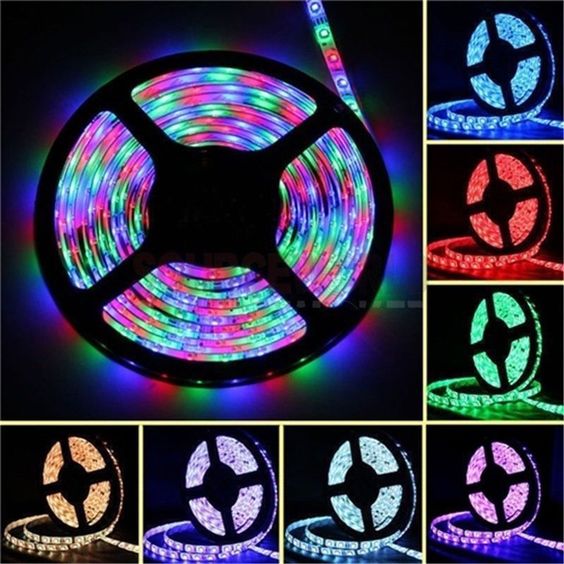
Rather than being limited to a single color and power-consuming incandescent light, you get the privilege of having a wide choice of colors to choose from from a single strip including neon-colored LED lights. The only thing that limits what you can do with these lights is your creativity and imagination. You could light a room, the car, the porch, and switch up the colors by a simple press of a button. It is the most flexible lighting option you’ll ever come across.
Longevity
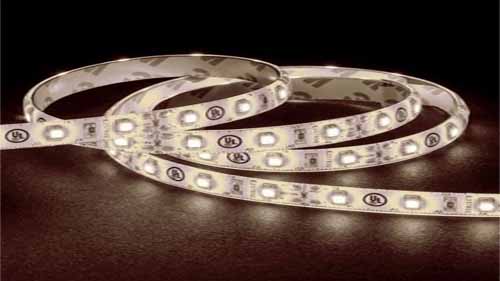
You can kiss goodbye the hassle of having to replace your bulbs every few weeks due to burnouts. LED striplights pack impressive run times; they have life spans ranging between 40,000 to 50,000 hours, enough to see you through years without any need to replace them. Unlike conventional bulbs that simply go black when done, LED strip lights simply dim out with time, which means even when they are dying out, you still get to squeeze some use of them.
Quality Light
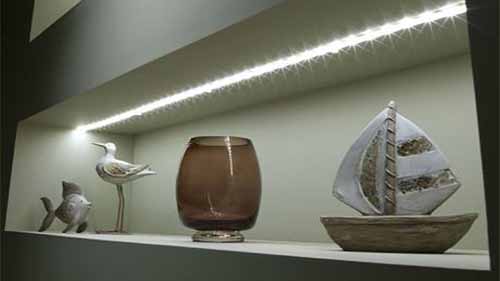
If there’s one thing that LED lights do not compromise on is the quality of light. They can be seen from a long distance away as they are emitted in an unbroken straight light; you’d have to be really blind to miss them. This feature is what makes them the ideal lights to install on your car to work alongside the usual lights. Even in a poor and foggy condition, the lights will still be seen, especially when alternating colors are employed.
Good for the Environment
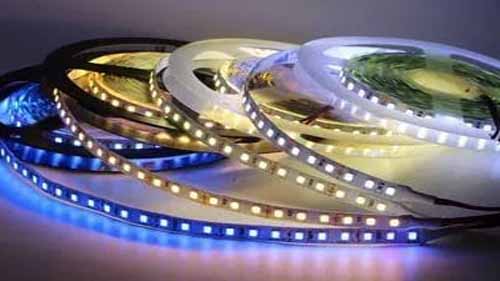
Programmable
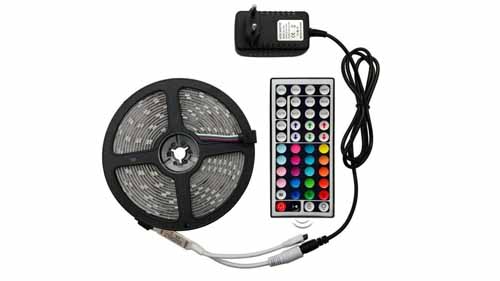
The possibilities of what you can do with these types of lights are endless. They usually come with remotes and are programmable to light up in a myriad of patterns and styles. You can choose to have light them up in a continuous flow or have them flash on and off for decorative purposes. They can also be programmed to the music playing indoors, which increases the ambiance to another level.
Easy Installation
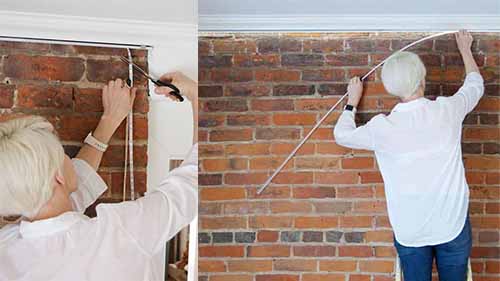
Unlike normal bulbs that are limited to bulb sockets, LED strip lights can be installed anywhere as long as there’s a surface for the adhesive to stick to. This makes them ideal for accent lights as they can be hidden behind walls, under furniture, or even stuck on the walls, the floors, and the ceilings.
Save on Cost

Normal bulbs get spoiled far too quickly, this forces you to replace them almost monthly, and this can run into a considerable expense. The longevity afforded by LED strip lights makes them a cost-saving option. With over 50,000 hours of life, it could be years before you spend another dime on new sets of lights.
Types of LED Strip Lights
LED strip lights can be classified into three broad types that include the following:
Flexible LED Tape Light
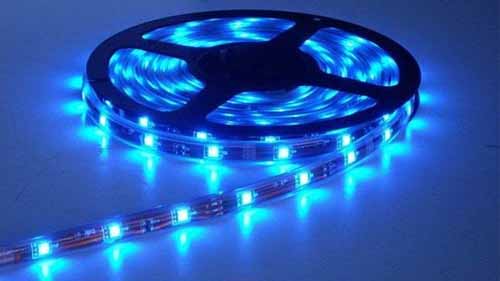
These are LED lights that are installed on flexible PCB boards allowing them to bend in any direction and in any shape without breaking anything inside. LED tape lights are the most common LED strips in the market as their demand is very high. They are mainly used for signages on business. At home, you’ll find them installed on cabinets, staircases, and walls. They also come in handy for cars, especially in the interior. They are also used heavily by professional photographers to create ring lights.
Rigid LED Bar Lights
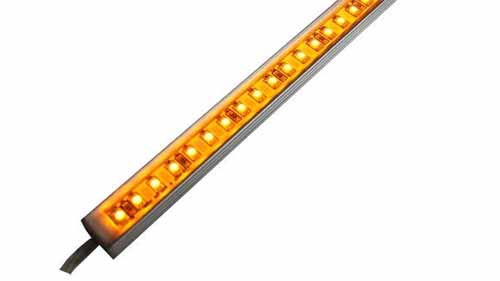
These are the opposite of the flexible strips. They are a series of LED lights that are placed on a rigid aluminum base PCB. They are protected by an aluminum case, which makes them very rigid, unable to bend around surfaces. They are waterproof and work very well when installed in outdoor spaces.
Silicone Neon LED Flex
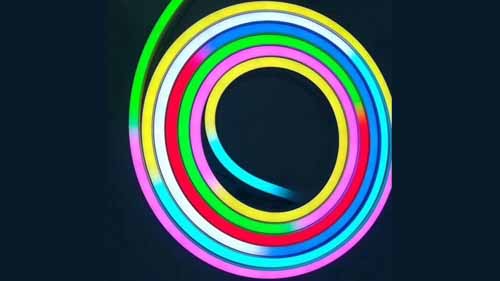
Silicone LED lights can be as long as 120m and come in a variety of colors depending on the occasion or the function you intend to use them for.
White LED Strips
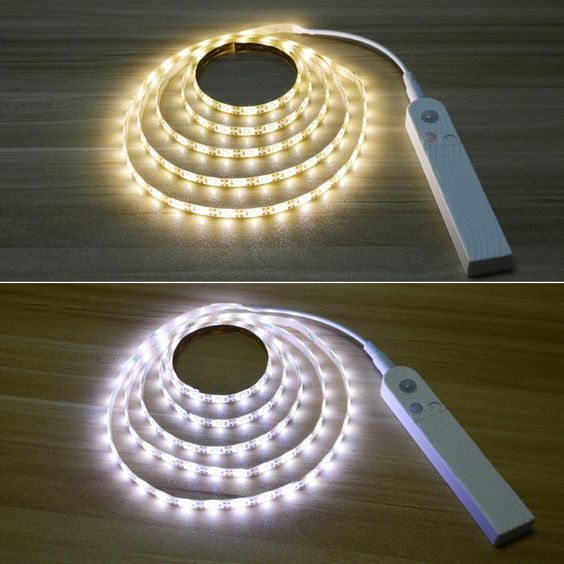
White accented lighting is the most common type of lighting you will come across in many establishments and homes. There are three versions of the white light LED strips that are commonly used for this. They are;
Warm White: This is commonly found in homes as accent lighting under cabinets, wardrobes, the restroom, or under the bed in the bedroom. The reason why it works best for these locations is because of the warm and cozy feeling they give the room, a soft, welcoming ambiance that radiates throughout the house. Warm white has a color temperature that ranges between 3000K-5000K.
Cool White: This light has a tone that borders between bluish and white and has a futuristic feel to it. It is what you go for when you want to highlight a particular point in the house or an establishment. This is the type of light you’d find in a jewelry shop as it makes gems sparkle more—the color temperature of the cool white ranges between 12000K-14000.
Neutral White: This is the closest light color to pure white; there’s no yellow or bluish tinge in it. It is the ideal light to use at home for general lighting as it gives the interior a modern wash of color that makes it look refined and elegant., It is almost similar to fluorescent lighting. The color temperature neutral white ranges between 8000K-9000K.
LED Strip Chips Sizes
When you look at an LED strip, you will notice a series of numbers that come in clusters of 4. These are not random numbers; they’re specifically placed there to show the size of the LEDs on the strip. There are about 5 LED sizes that include the following
5050 LED Strip
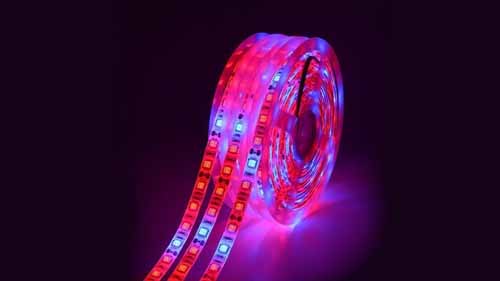
These are called the SMD 5050 flex lights and come in sizes that measure 5.0mm by 5.0mm, hence the name 5050. They come equipped with 3 LED diodes inside one housing and are extremely bright. They are the type of LEDs you’d find in outdoor spaces and can be seen from a long-distance away.
The only drawbacks to this LED type are their sizes, they are relatively big, and only a few of them can be fit on a single strip. They also produce a significant amount of heat than most LED strip lights and chips.
2835 LED Strip
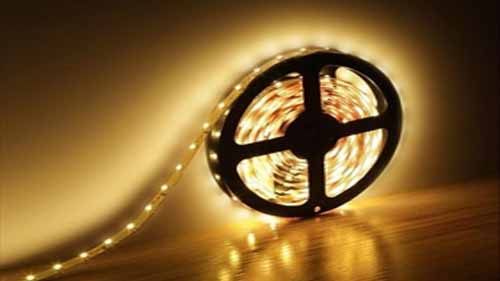
These are smaller than the 5050 chips and are a newer version that makes use of newer technology. They are more efficient as they use less power but are brighter while emitting less heat. They measure 2.8mm by 3.5mm, and they make for some very powerful indoor lighting.
They can even work independently without the need for other normal bulbs to supplement the lighting within the house.
5054 LED Strip
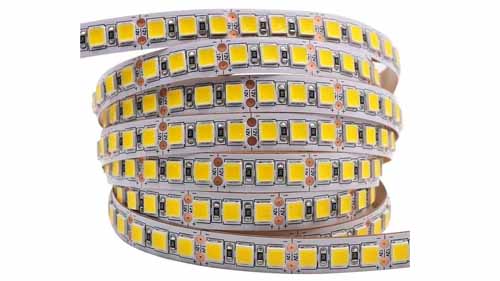
These are slightly bigger than the 5050 LED strip. They measure 5.0mm by 5.4mm and are one of the brightest LED lights in the market. They have a very long lifespan of about 50,000 hours. The strips they are installed are usually flexible and a little bigger than most to accommodate the extra millimeters that the LED lights come with.
They can be used indoors for the corridors, staircases, and windows. Outdoor applications include footpaths and patio ledges. They can also be used in theatres, shopping malls, and restaurants.
5630 LED Strip
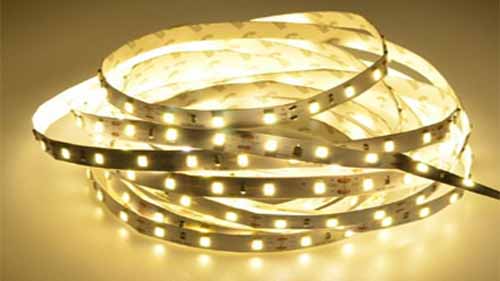
This is an LED diode that measures 5.6mm by 3.0mm and has a luminance equivalent to 50 lumens. It is much bigger than the other mentioned types of LEDs and is also much brighter. It’s the type of LED you’d find in theaters as it is used to light up the stage. It emits a little more heat, but it makes up for that with its bright capabilities.
5730 LED Strip
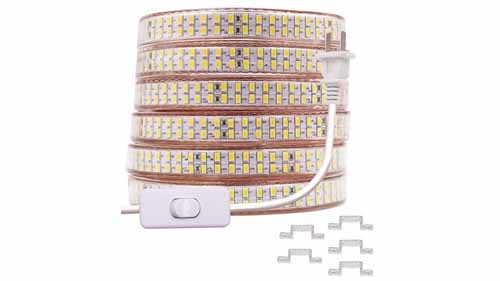
This is the biggest LED diode in the market right now and the brightest of them all. It measures 5.7mm by 3.0mm and comes in many styles. It has an input voltage of 24V with a 120-degree wide-angle illumination. It has a longevity of about 50,000hrs and, like other LED strip lights, consumes minimal amounts of electricity.
How to Select the Right LED Strip
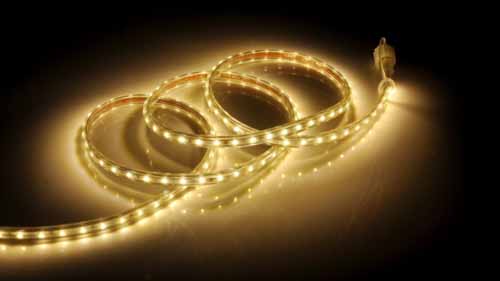
You want to add some life to the interior of your home, but you don’t know where to start. Which LED strip light is the best? How long should the strip be? How bright should the LEDs be? These are the questions that will be flowing through your head.
Before heading out to get these lights, the following are the factors that should guide you through the selection process.
Brightness
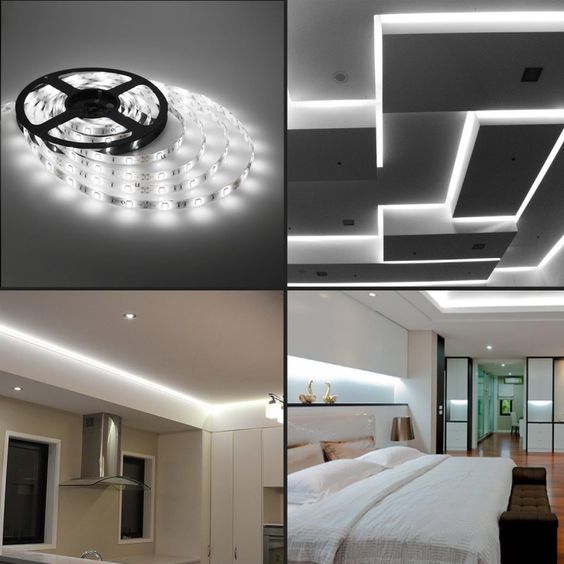
Not all LED strips function the same, and this distinction is made clear by the level of brightness that each type has. Thanks to advancements in technology, they are becoming brighter than before, but that doesn’t necessarily mean that that is a good thing. It all depends on the purpose you intend for the device.
If accent lighting is what you are going for, then anything brighter than 200 lumens would be too much; that level of brightness is reserved for outdoor LEDs. The number of the LEDs and their density will also affect the brightness; each individual LED may be dim, but when they are packed closely together, the brightness becomes intense, pay attention to that too.
CRI
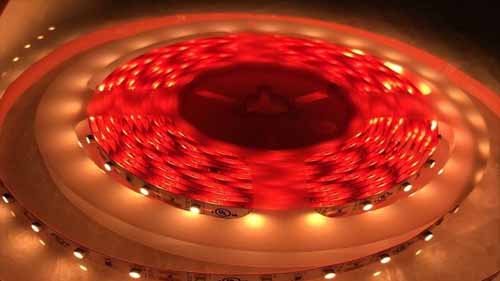
The Color Rendering Index is important when it comes to choosing the LED strip lights. It is basically a lighting aspect that helps you determine how good the output will be once you turn it on. The metric number used starts from 0 and goes all the way to 100; the higher the number, the better the CRI, which means the LED strip light is of a higher quality. The closer you get to 100, the truer natural colors will look like under this light.
If you love everything in high color, then go for LED strip lights with a CRI score of 80 and above.
Voltage
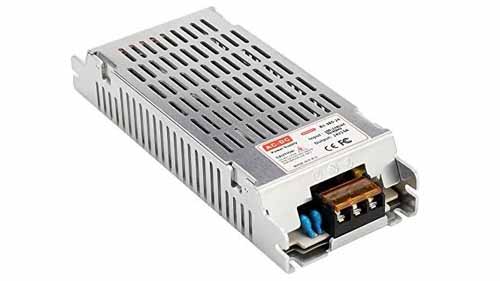
LED strip lights don’t consume a lot of power when compared to other types of bulbs. They come with different power requirements that have to match with the power source. The voltage of each strip is usually indicated on it, and it should be within the limits of the plug that goes into the AC socket. The total power consumption goes up, the more, the longer the LED strip. All these are tiny details that are easy to be ignored, but you need to pay close attention to avoid pairing up a light strip with the wrong power plug.
Efficiency
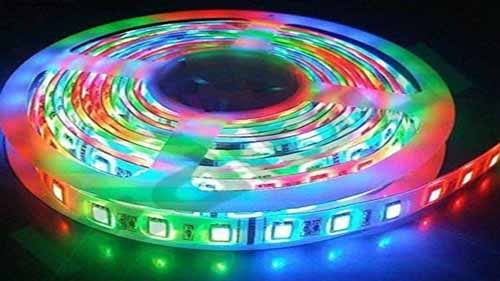
The LED strip light has to function exactly as designed without any hitch, especially if it is new. The efficiency of an LED strip light is determined by the ease with which you can control the brightness using the remote and how easy it is to install it on any surface that you chose to without any help. It shouldn’t be too bright nor too dim as that could create problems for your eyes.
Water-Resistance
The ability to be waterproof is what determines where the LED strip light can be installed. LED strip lights are graded based on a standardization called the Ingress Protection, which is an industry-standard that determines the LED’s level of waterproofing. There are three levels involved, and they include the following;
IP33: This is the lowest rating, which means that the LED strip light doesn’t possess any waterproof qualities and should be used in water and dust-free areas like bedrooms and living rooms.
IP65: This is a coated strip that can handle some level of water, maybe some light drizzle, and some dust. It is sufficiently resistant to the elements and will not turn brittle too quickly.
IP67: This is a waterproof rating. LED strips with this rating have a very decent coating that allows them to be used outdoors in areas that can be hit by water and dust. They are ideal for bathrooms, kitchens, and any other area where water and dust are common.
Dimension
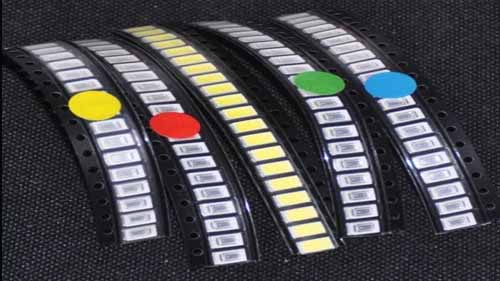
The bigger the LED, the brighter it is, and the higher the power consumed and the significant amount of heat emitted. All these three should help you decide what you want. If all-out brightness is what you want, then you should go for the largest LEDs diode you can find; the biggest one so far is the SMD 5730. If your style is leaning towards subtlety, then the SMD 2835 will be much closer to your style.
Density
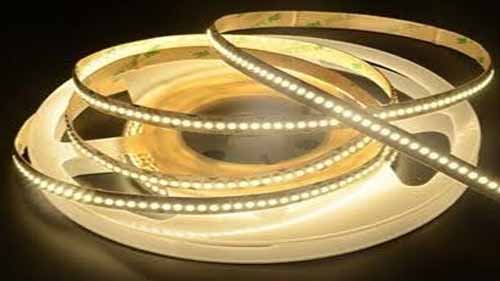
LED strip lights come in two densities; the standard density strip that has 30 LEDs per strip and the high-density type that has 60 LEDs per strip. This translates to 9 LEDs per foot and 18 LEDs per foot, respectively. The higher the density, the brighter the strip, and vice versa. Generally, standard density strip lights are good for accent lighting and for use in tight spaces where not much light is needed. High-density LEDs are good for outdoor lighting or for rooms that have huge spaces.
Most Common LED Strips by Colors
A majority of LED strips are programmed to display different types of colors; based on this, the most common ones include the following
RGB LED Strip
RGBW LED Strip
The White channel alone comes in three additional color temperatures; Warm, Natural, and Cool. This gives you the option to choose the right strip to set the right ambiance in your house.
Addressable LED Strip
An Addressable LED Strip is an LED strip that has an IC. It has other names that are better known like Digital LED strip or the LED Pixel Strips. What makes them unique compared to other types is that with an addressable LED strip, you can control each individual RGB SMD through the IC to attain the full-color effect you desire. This is the reason why it is called a full-color strip.
RGBWW LED Strip
An RGBWW LED strip uses a 5-in-1 chip with a spectrum range of Red, Gren, Blue, White, and an extra Warm chip. Now, why would an LED go that far? Simple, this is a more refined chip that makes white colors purer when they come under the illumination of the RGBWW diode. It also allows the user to fine-tune the warm and cool tones as they see fit. This opens up the device to an even wider range of color shades, which makes it a much superior LED than the RGB and RGBW.
CCT LED Strip
This is a special type of LED strip that allows the user to adjust the color temperature of the light source on the go by using a remote controller or an automation system run by a computerized system. It is a highly advanced type of LED that is used in schools, hospitals, and workspaces with the sole purpose of increasing productivity as the warm light they emit is associated with feelings of comfort and coziness.
The LED was created after it was discovered that humans are adapted to being exposed to varying color temperatures of daylight, and since sunlight cannot get into buildings, the CCT LED strip was created to mimic that, and it has been successful ever since.
COB Strip Light
Where to Buy LED Strips
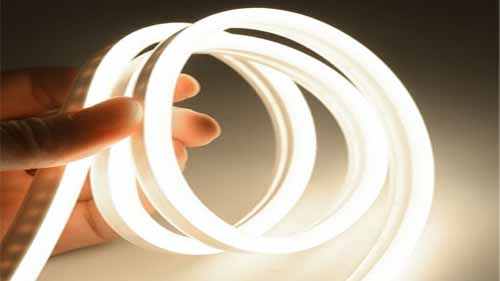
Getting your hands on decent LED strip lights is not hard at all. You can either get them online or visit an electrical shop in your locality, and there’s a high chance they’ll be stocking them. The easiest place to get good LED strips would be online. Personal buyers can order them online through Amazon, eBay, Alibaba, among many others.
The one advantage of sourcing them in bulk is the discounts you get and the follow up after-sales services.
Conclusion
LED strips are fun things to have around the house and around your business establishment if you have one. The many colors they can emit and the low power consumption make them the ideal lighting option for anyone interested in adding an aesthetic touch to their house without breaking the bank.


